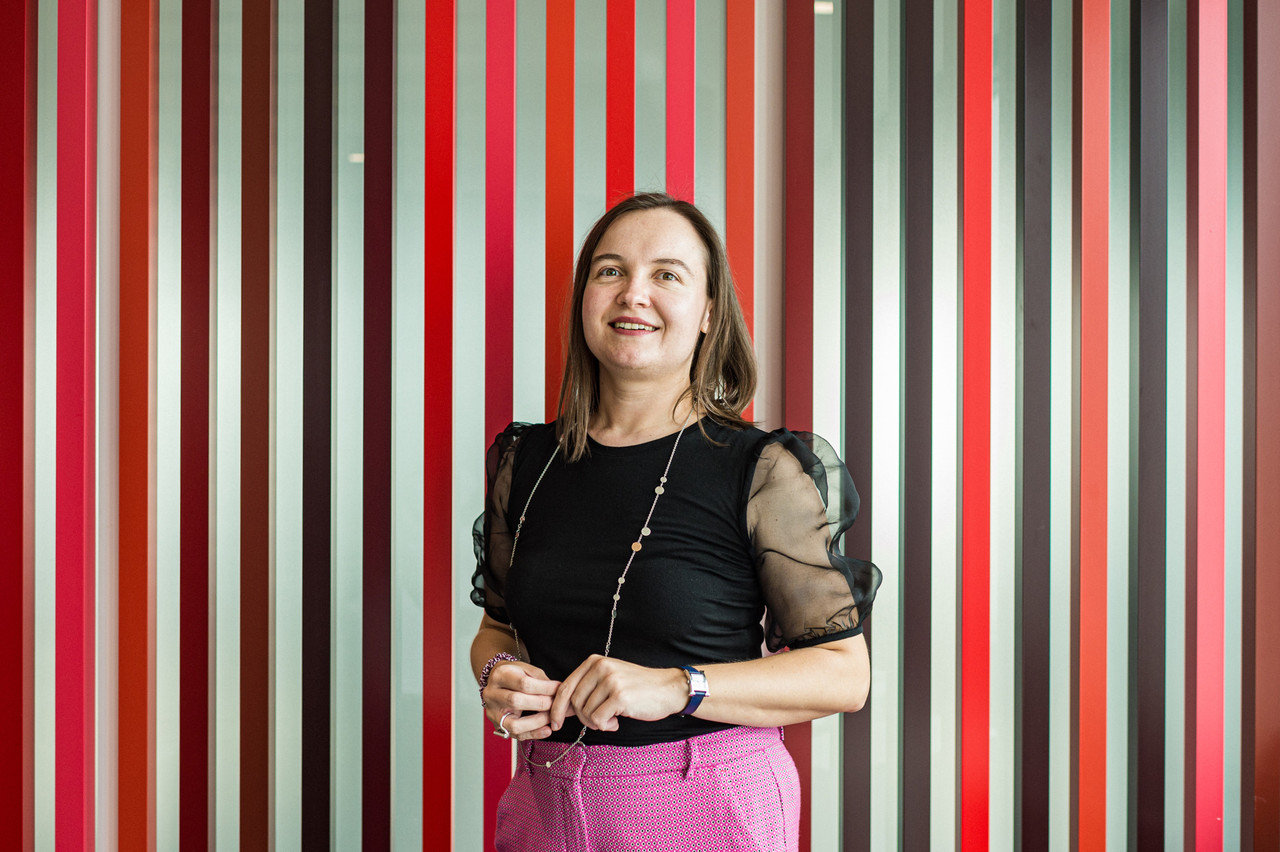Aaron Grunwald: What kinds of PE funds can we set up in the grand duchy?
Codrina Constantinescu: Luxembourg has a very privileged position, because we are offering a wide range of funds, going from the regulated to the unregulated. So, regulated means that the fund is supervised by the Luxembourg regulator, being the CSSF. Unregulated means that the fund is not supervised, so, it’s freely set up between the parties. In the private equity context, we are using, in terms of regulated funds, what we call SIFs (specialised investment funds), and SICARs (those are risk capital investment companies). So, this is regulated; we need CSSF approval in order to launch the fund, to admit investors and to operate it.
And then we have the unregulated structures, which are generally the RAIF. So the RAIF stands for ‘reserved alternative investment funds’. It is not regulated at product level, but it is regulated at the manager level, because a manager has to be an alternative investment fund that is fully authorised.
Then, you have the fully unregulated vehicles, which are generally the SCS and SCSp. Those are the special limited partnership and the common limited partnership, which are the two forms of Luxembourg limited partnerships are very similar to English or Scottish limited partnerships.... and we can set them up without CSSF approval.
What is it about the investors that would make them choose regulated versus unregulated structures?
Regulated vehicles are indeed, from time to time, preferred by certain types of investors, such as large institutional investors.
Like a pension fund?
Like a pension fund, for instance, because they know that the regulator is there. The regulator authorises the fund and then supervises the fund. So the fund has to comply at all times with its own documentation, as well as with the applicable laws and regulations in Luxembourg. And this is insured, in a way, by the regulator and the auditor, so by third parties, compared to the fund manager [alone]. This is at the investor level. There are a couple of assets, such as French real estate, that require a regulated fund in order to structure the fund in an efficient manner.
What type of investors are going for totally unregulated funds?
Unregulated funds, I would say, are quite a paradox situation, because they are based on Scottish and English partnerships. The Anglo-Saxon world knows them very well. Therefore, if you are targeting US investors or Asian investors, for instance, and if you offer them an unregulated partnership, they will be very happy to have it and very familiar with this. If you offered them a SIF or a SICAR, they might know it because it’s a known product... But they might say: ‘Okay, that’s fine for us as well, but can you then structure it as an SCS, or an SCSp?’
Is it fair to say that unregulated funds are becoming more popular in Luxembourg?
Correct.
Is that because of more investors from the US and Asia, or is it even more European demand?
[It’s] Europeans. If we place ourselves in the business plan of a manager, especially for the existing ones that have a lot of experience on the market, [they want to launch] and to have investors in the fund as soon as possible. So, this already takes them to the unregulated side. If there are constraints, because of the investors or because of the investments, then they will accept to go for the regulated side.
Originally published in Delano’s supplement. Be among the first to read interviews and features in the magazine by today.
